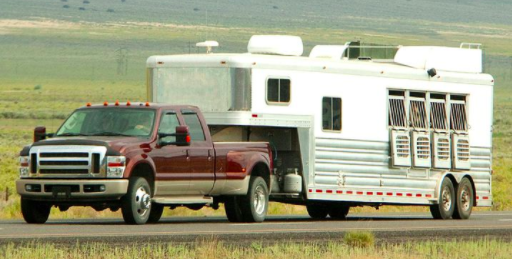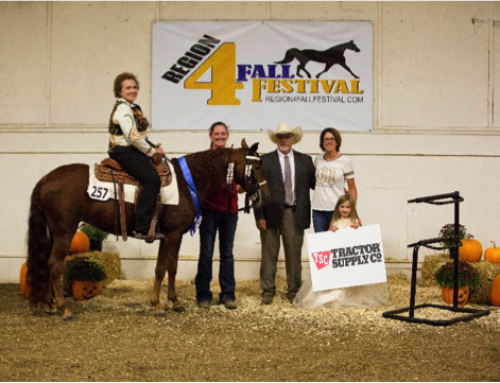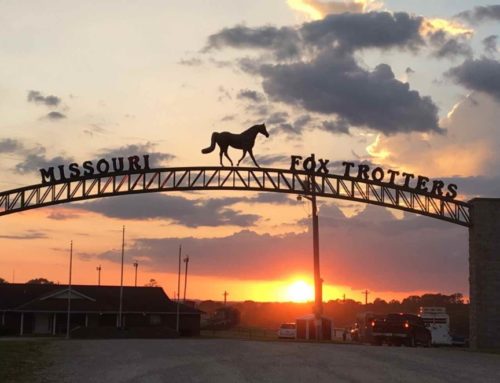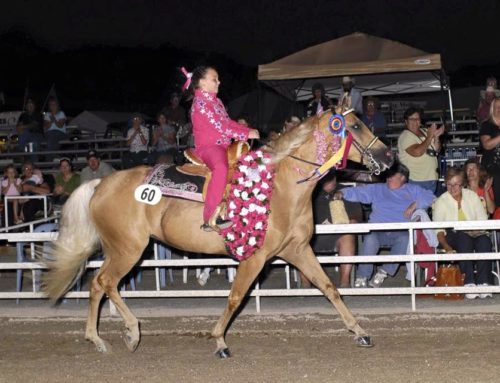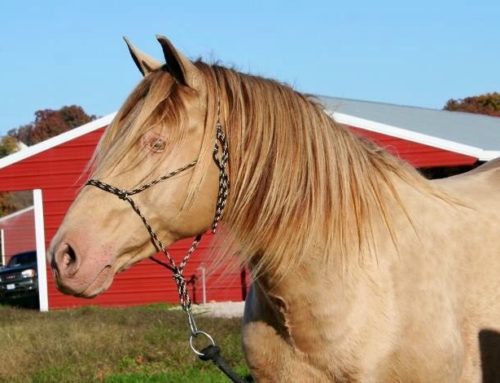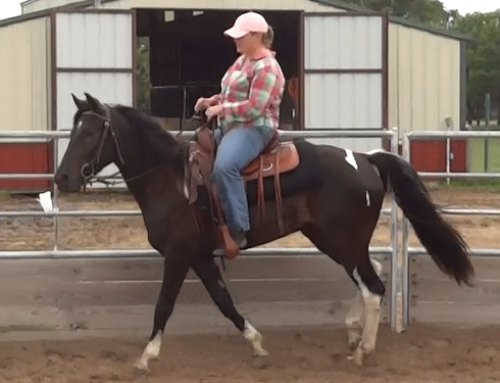Many in the equine industry are asking how they will be impacted by the enforcement of the newest set of ELD guidelines. If you haul horses long distances and profit from your equine interests then it could likely affect you.
Here’s is some information that could be helpful to you. (Excerpts compiled from florodeo.com and .gov sources.)
The ELD mandate for commercial motor vehicle operators requires drivers to use ELDs to track the amount of hours spend driving; this system also monitors a required amount of time spent off-duty between driving shifts.
Livestock haulers were granted an additional 90 days to comply with the mandate after the National Pork Producers Council requested a temporary exemption.
The Exemption
“FMCSA announces that the National Pork Producers Council (NPPC) has requested an exemption from the requirement that a motor carrier require each of its drivers to use an electronic logging device (ELD) no later than December 18, 2017, to record the driver’s hours-of- service (HOS). NPPC states it requests the exemption for all livestock haulers as defined in the application (i.e., transporters of livestock, poultry, aquaculture, and insects) to address an incompatibility between the FMCSA’s HOS rules and the current structure and realities of the U.S. livestock industry. NPPC states that the livestock haulers will not be prepared to meet the December 18, 2017, compliance date for installing ELDs. NPPC believes that the exemption, if granted, would achieve a level of safety that is equivalent to, or greater than, the level that would be achieved absent such exemption. FMCSA requests public comment on NPPC’s application for exemption.”
– Summary provided by the Federal Motor Carrier Safety Administration Hours of Service of Drivers: Application for Exemption; National Pork Producers Council
In a letter to the Federal Motor Carrier Safety Administration, the AQHA supports the exemption and has now requested a one-year enforcement delay to the ELD mandate for the horse industry. There are some exemptions to the rule already, but many of the rigs used for hauling horses to and from its events may fall outside of the exemptions and be held to the rule.
The AQHA states in the letter that its top priority is with the welfare of the horses if the HOS rules and ELD mandate that require haulers to take mandated off-duty breaks are implemented (due to changes to 49 CFR Part 395, which states the number of hours haulers can spend on and off duty).
“HOS rules mandating a hauler stop for 10 hours would require the hauler to find a safe and compatible place to offload the horses. Such places are not as ubiquitous as truck stops,” the letter from AQHA executive vice president Craig Huffhines states. “The constant offloading/reloading and co-mingling of horses by haulers for periods of time at indiscriminate locations presents a significant safety and biosecurity risk for the industry and, among other things, fosters conditions conducive to the development of contagious disease and spread thereof.”
What Does The ELD Do?
An ELD syncs with your engine to automatically track the amount of time spent driving for those that fall under the HOS Rule. The device monitors the required 10-hour off-duty break after 14 consecutive hours of being on-duty, ensures drivers take a 30 minute break after eight consecutive hours of driving, and that a driver spends no more than 11 hours of actual drive time within the 14 consecutive hours on duty.
Once the 14 hours of drive time is met, the ELD will alert the driver that they must take the 10-hour mandatory off-duty break. Violations will automatically be recorded and can be reviewed by authorities.
Not all haulers may fall under this rule . .. it is common for its members who are involved in showing, racing, ranching, rodeos, and recreation to haul their horses interstate over long distances.
According to the FMCSA’s question and answer explanation for 49 CFR Part 390 – Federal Motor Carrier Safety Regulations; General, the rule would not apply to persons who occasionally use commercial motor vehicles to transport horses to events with prize money offered if:
(1) The underlying activities are not undertaken for profit, i.e., (a) prize money is declared as ordinary income for tax purposes, and (b) the cost of the underlying activities is not deducted as a business expense for tax purposes; and, where relevant; (2) corporate sponsorship is not involved.
(See the full phrasing and explanation under question 21 HERE)
The FMCSA goes on to state that drivers must also consult with their state of licensure to determine which licensing provisions they are subject to — referring to the operation of your truck and trailer, which may be defined as a commercial motor vehicle and could require you to have a commercial driver’s license.
As many equine event participants file both income and expenses for rodeo on their taxes, all the while making interstate trips to travel to those events in what could be considered a commercial motor vehicle, it appears that they may not be exempt from this rule. It should be pointed that these rules are not new, but awareness for this rule is low among the equine industry due to lack of outreach by the FMCSA to livestock industry stakeholders.
National equine organizations, such as the AQHA, are seeking a one-year exemption to allow both members of the horse industry to educate themselves on the ELD mandate, and the FMCSA to develop livestock specific solutions to the HOS rules.

